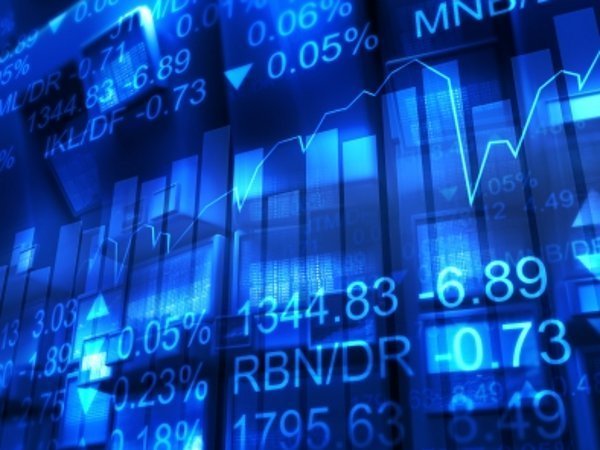 LinkedIn, nearly four months after filing its S-1 form, has planned its IPO debut for this Thursday. Last week, the professional networking service priced shares at $32 to $35 each for the initial public offering, which could raised up to $274.4 million.
LinkedIn, nearly four months after filing its S-1 form, has planned its IPO debut for this Thursday. Last week, the professional networking service priced shares at $32 to $35 each for the initial public offering, which could raised up to $274.4 million.
Expected to launch under the ticker “LNKD” on the New York Stock Exchange (NYSE), LinkedIn is to be the very first U.S.-based social networking service to go public. Though we just saw Chinese social networking service go public on the NYSE, in an offering that raised $743 million, investors and analysts are looking to LinkedIn to see just how well a U.S.-based social media site can fare in the public market.
Ultimately, a good portion of the curiosity in LinkedIn really just reflects growing interest in the inevitable IPO of Facebook–with over 600 million monthly active members, easily the largest social networking site in the world.
This has been a year of milestones for LinkedIn, which just celebrated its eighth birthday on May 5. The company now employs over 1,000 people around the world, more than double the 500 employed in the beginning of 2010. And as of March 2011, the service now boasts having 100 million registered professionals around the world.
Notably, more than half of those 100 million are located outside of the U.S. The largest international portion are in Europe, home to 20 million LinkedIn members.
That’s interesting because Europe is actually home to a couple other professional networking services, Viadeo and Xing, both aiming to dominate the international market in spite of LinkedIn’s growing presence abroad. Based in Paris and boasting 35 million members, Viadeo just announced today that it is deferring its own IPO to keep growing the business:
“We saw a tremendous level of interest by bankers, private equity investors and venture capitalists,” CEO Dan Serfaty told Reuters. “But we decided that our fundamentals were good enough that we could wait for a listing and instead focus on growing the business.”
“We want to grow and not be faced with the pressure to deliver profitability right away,” he said. “There is a risk of going public too early.”
Or maybe there’s a risk of debuting on the public market at the same time as a company in your sector that’s three times larger than you.



















